Mysterious Fairy Circles Have Been Found in Western Australia
Once thought to exist only in Namibia, circles spotted 6,200 miles away are helping sort out how these odd features form
/https://tf-cmsv2-smithsonianmag-media.s3.amazonaws.com/filer/28/21/2821e010-d290-40c8-a417-7412d72f1e80/brad_howe_heliwest_group_aerial_1.jpg)
In certain spots, the Namibian plain looks like a scene from a Dr. Seuss book—large, regularly spaced circles dot an otherwise grassy landscape, the red dirt glaring like a beacon against the pale tufts of grass. Guesses about how these bizarre formations came to be range from the practical to the fanciful: underground gas, termites, radiation, dragons and giants.
Whimsically dubbed fairy circles, the strange shapes had only been spotted in Namibia—until now. This week scientists report their appearance roughly 6,200 miles away in the desolate outback of Western Australia. The discovery is already helping scientists tease through the mystery behind these natural patterns.
Scientists from many fields have previously tackled the perplexing question using mathematics, biology, ecology and entomology. Recently the debate has homed in on two theories: Either termites killed rings of plants by munching on their roots, or the grass self-organized to best take advantage of resources in the harsh desert landscape.
The discovery of fairy circles in Australia, described this week in the Proceedings of the National Academy of Sciences, now has the team leaning strongly towards the answer of self-organization.
“Water is limited, and because water is limited it cannot sustain a continuous vegetation coverage,” explains lead author Stephan Getzin at the Helmholtz Centre for Environmental Research – UFZ in Germany. So “we have gaps and other patterns like labyrinths and stripes or even spots.”
In 2014 Getzin had co-authored a paper about the surprisingly regular spacing of the Namibian circles, arguing for the theory of resource competition. This paper caught the attention of Bronwyn Bell, an environmental manager for the Australian mining company Rio Tinto, who noticed the striking similarity of some local formations and contacted the scientist.
“Three days later, I had in my letterbox something that looked identical to the Namibian fairy circles,” Getzin says. ”We couldn’t believe it—the Namibia fairy circles are supposed to be the only ones in the world.”
He assembled a team of colleagues to head to the outback and examine the circles from the ground and from the air. Everything they saw suggested the Australian forms are very similar to their Namibian cousins. Though the Australian circles vary in size, on average the rings are almost large enough to fit a minivan. And in both Namibia and Australia, a thick ring of vegetation surrounds the central dirt patch, with stubby plants growing between the circles.
The circles sprawl across the landscape in an extremely regular hexagonal pattern—“like a honeycomb spacing in bees,” says Getzin—with roughly 30 feet of separation between rings. Spatial analyses confirm what the scientists had guessed from pictures: The distribution of the circles in Australia is very similar to that in Namibia.
Most importantly, the Australian circle arrangement does not correlate with termite activity, he notes. Instead, it closely matches a model that simulates the effects of water limitation in a dry landscape, all pointing towards self-organization of the plants due to competition.
Alan Turing introduced the idea of self-organization in the 1950s to describe morphogenesis—the process that drives simple cells to organize into more complex creatures by specializing into different cell types with specific functions. Similarly, small-scale processes in an ecosystem like competition for water can lead to large-scale organization and patterns, Getzin and his team argue.
While no one has tracked a fledgling circle as it forms, biologist Walter Tschinkel of Florida State University has some ideas based on his studies of circles in different stages of formation: “The way I look at it is, it’s like drying mud,” he explains. When water is limited, the liquid gets pulled away in all directions, inevitably leaving some spots so dry that nothing can grow.
From there the local-scale processes can differ slightly—as seen with the new fairy circles. In Namibia, the circles form in sandy soil, where water easily flows underground. But the bare Australian soil is a thick clay-rich material, and water doesn’t even have a chance to percolate into the ground unless plants have already punched holes through the tough dirt like little aerators.
Getzin and his team suggest that when it rains, water pools to the edges of any established gaps in vegetation, straight to the waiting roots of the plants on the gap’s edge. Those edge plants then grow bigger and put down more roots to collect even more water. That means these plants are pulling resources away from their neighbors, limiting their growth and driving the circular pattern of boom and bust.
“We should keep in mind, however, that correlation between a computed model output and a natural pattern is still not proof of causation, no matter how nicely the model output mimics nature,” Tschinkel writes in an e-mail.
The next step would be to mimic the growth of the circles in an experiment, although for such a large, landscape-wide phenomenon, it’s tricky to say how this will be accomplished, he adds. Even so, if these features are truly signs of basic competition for water, there ought to be more of them across the globe. And in the internet age, we have unprecedented access to detailed satellite imagery of even the most remote corners of the planet.
Getzin remains optimistic about the hunt: “I suspect there are more fairy circle patterns—it’s a matter of searching.”
Explore the Namibian fairy circles using Google Earth below:
/https://tf-cmsv2-smithsonianmag-media.s3.amazonaws.com/accounts/headshot/Wei-Haas_Maya_Headshot-v2.png)
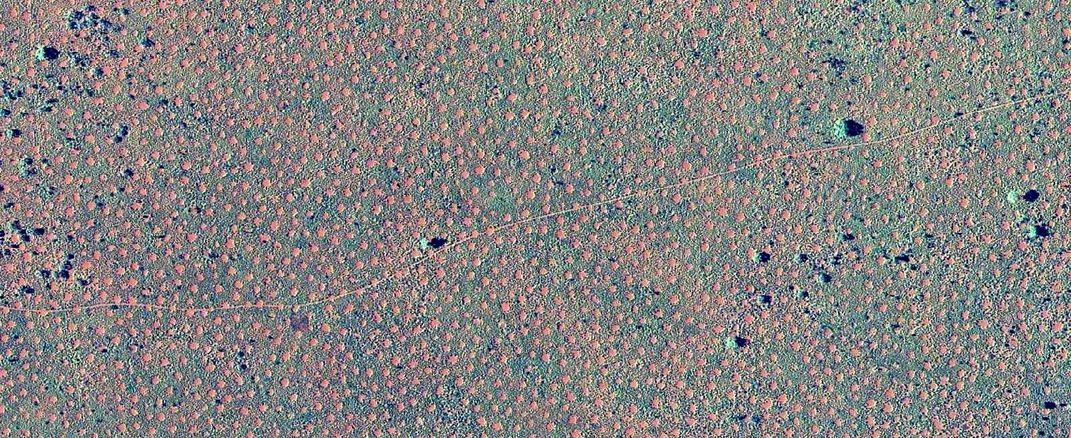
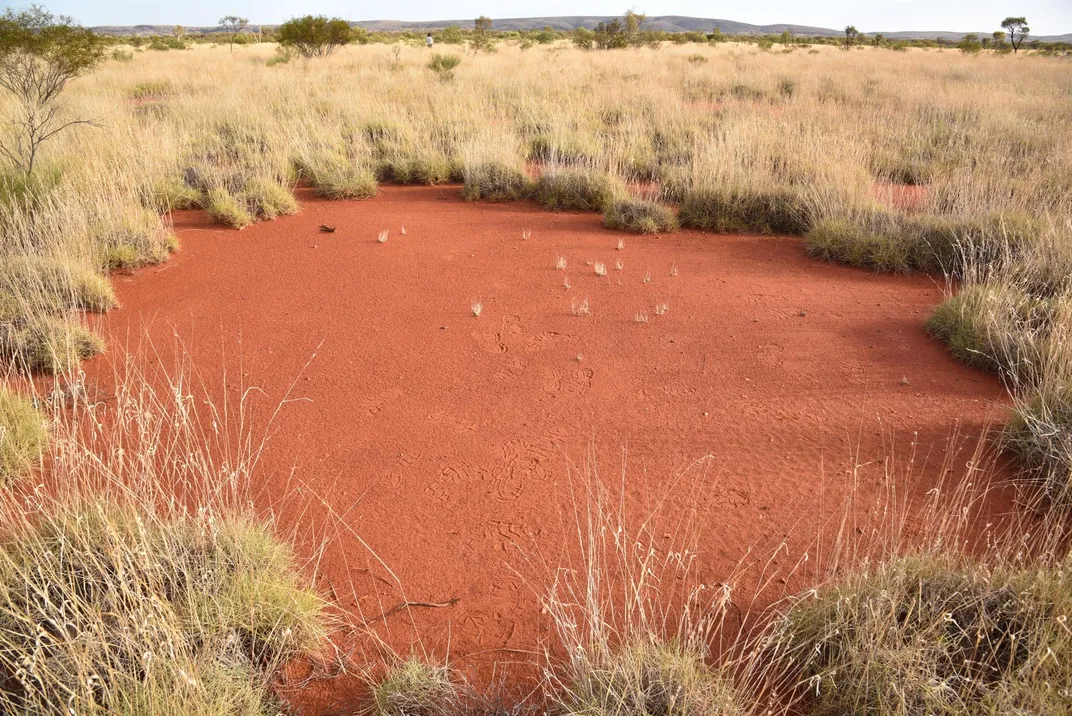
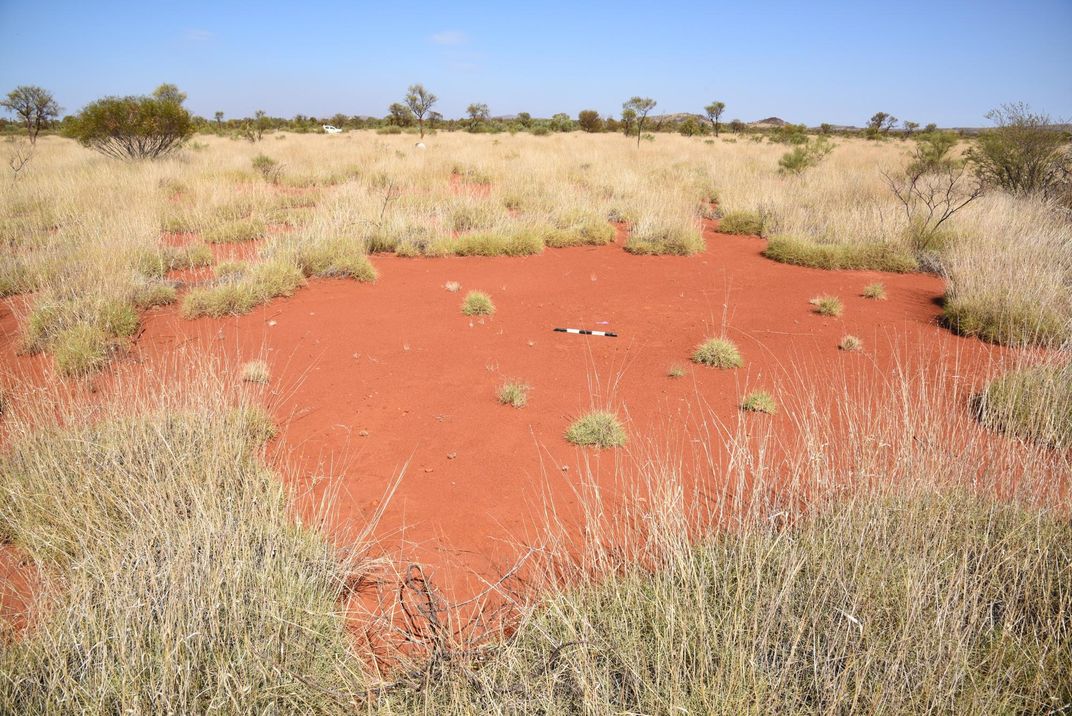
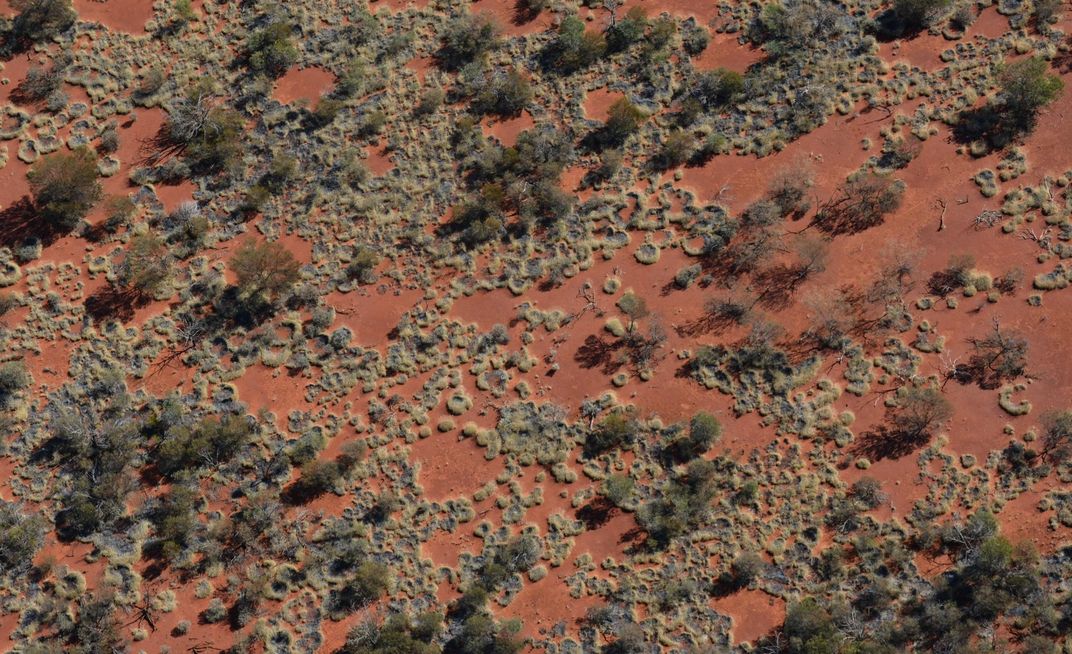
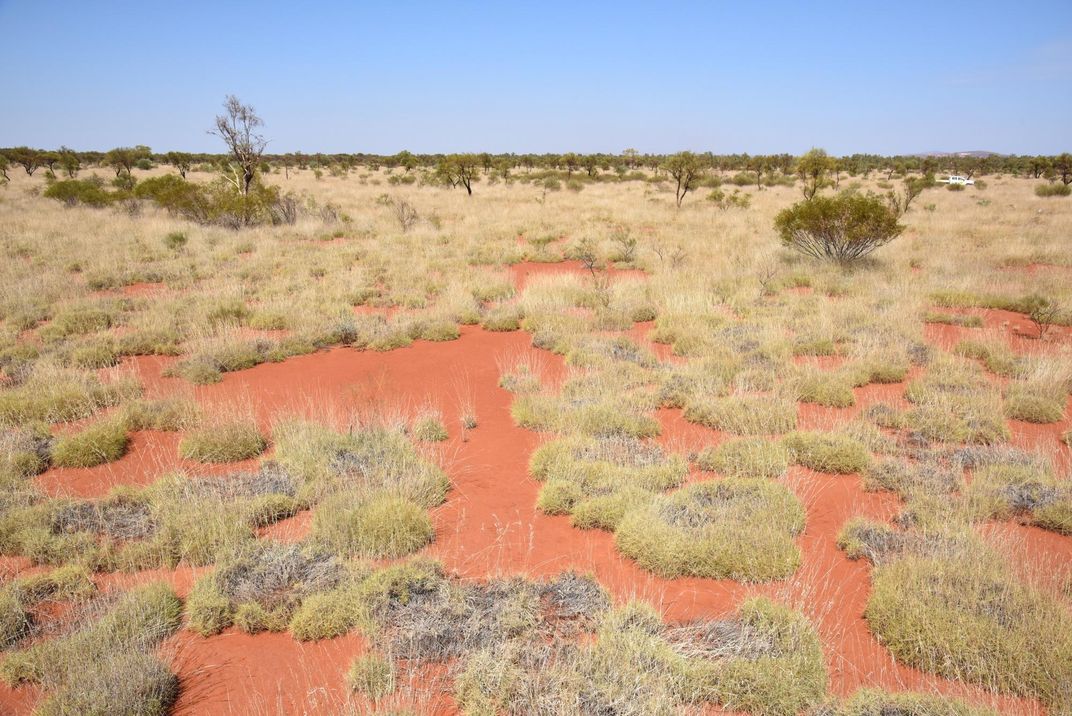
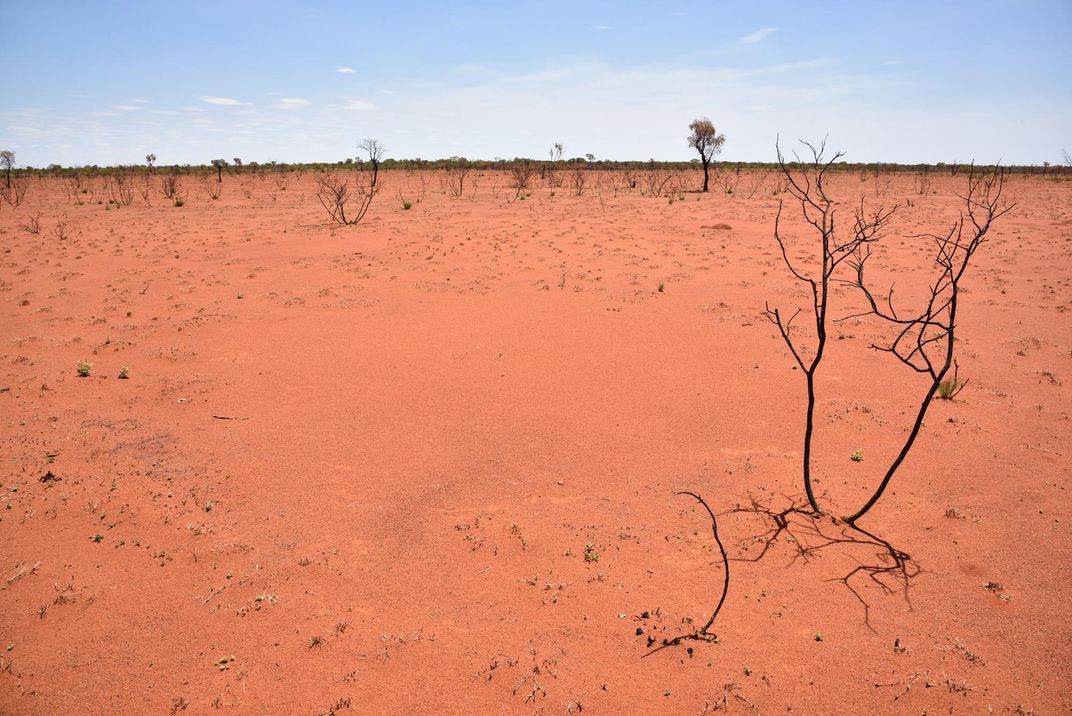
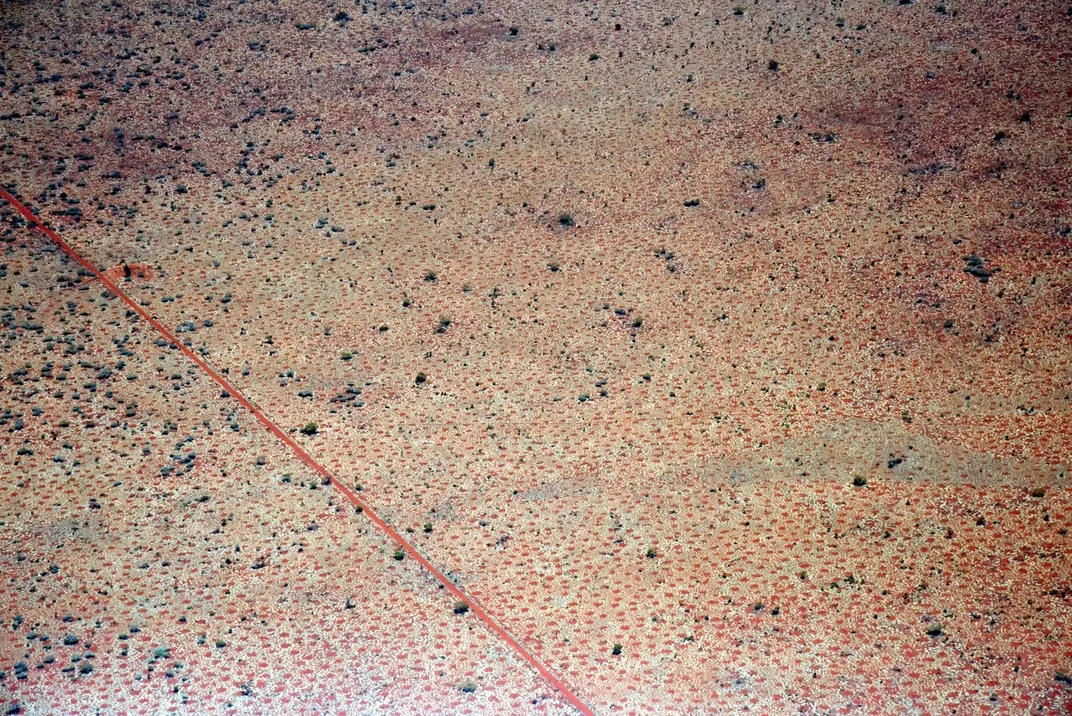
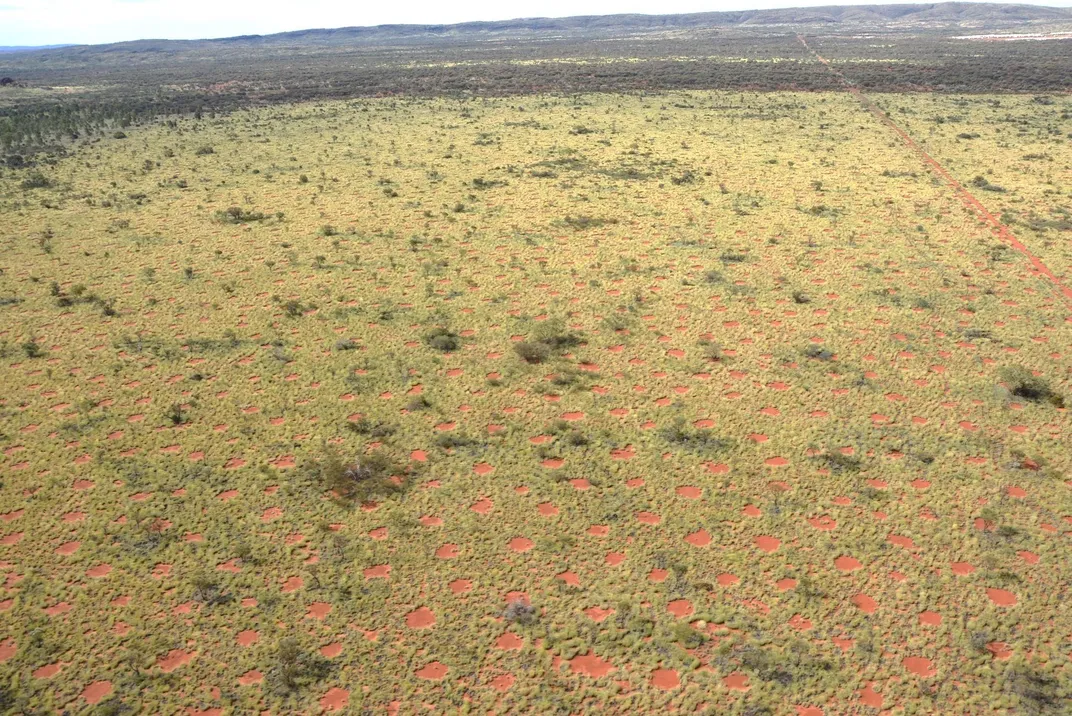
/https://tf-cmsv2-smithsonianmag-media.s3.amazonaws.com/accounts/headshot/Wei-Haas_Maya_Headshot-v2.png)